We’re all used to seeing pictures of the past in stark black and white but now for the first time, there’s a chance to see how the past really looked. Our new series applies a colourisation process to some familiar scenes in towns in Wales and the borders and transforms them into glorious colour.
If you have a picture you’d like to see featured, please email it to [email protected]
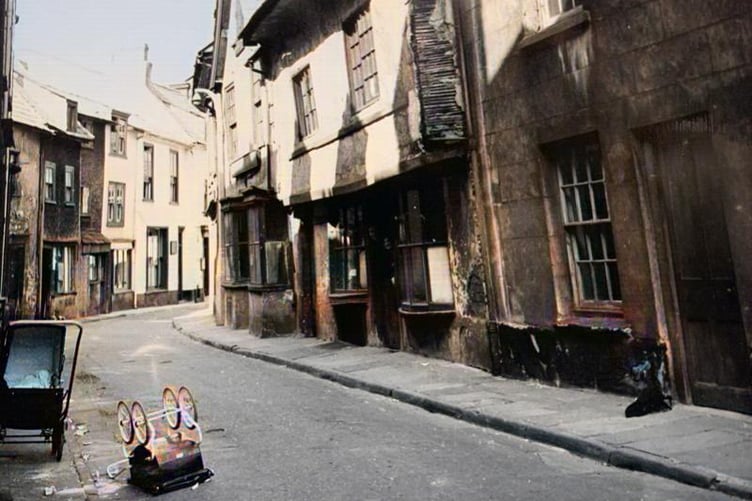
In keeping with the theme of streets. Here’s one of Flannel Street. So called because Abergavenny’s once famous flannel used to be produced here the street was also once known as Butcher’s Row because you guessed it, there used to be a lot of meat and bone sellers in the vicinity, including the delightfully sounding Mrs Jones’s faggot shop. Back in the day, Flannel Street was twice as long as we now know it. It didn’t run straight but twisted serpentine. However, the slum clearances of the late 1950s and early 1960s changed this neck of the woods beyond all recognition. (Albert Lyons )
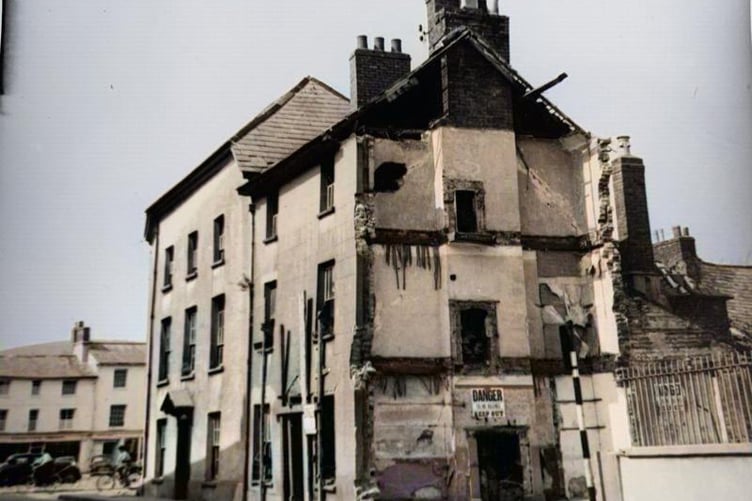
Talking of slum clearances, here’s another old building on the edge of Castle Street leading to St. John’s Square. Now that’s an area of town that’s changed somewhat. A report in a 1957 edition of the South Wales Argus under the headline ‘Clearing the way for a new Abergavenny,’ reads, “Streets that have stood for centuries at Abergavenny will soon be reduced to rust and rubble by bulldozers which, battering their way through history, clear a patch for development of the future.”The Town Council was in full agreement and the clerk Mr. T.G. Hardwick explained, “This scheme has been in the minds of the town council for many years, and now, with the emphasis laid on slum clearance by the present government, they are able to proceed with it and are tackling the problem energetically.” (Albert Lyons )
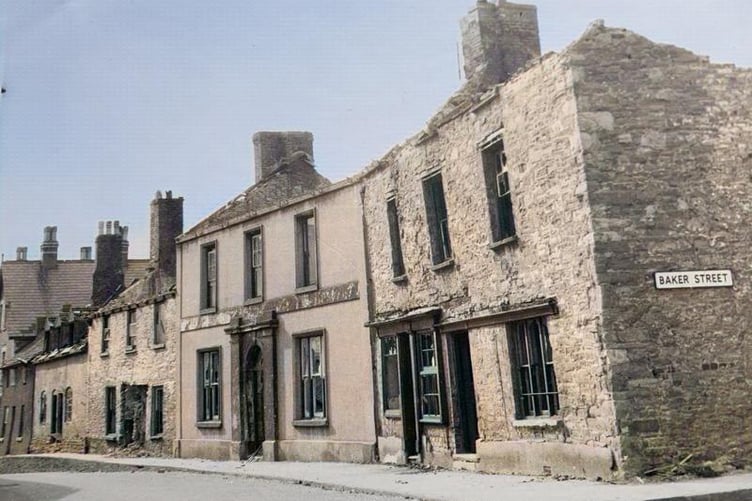
And we end with that former grand old lady of Abergavenny - Tudor Street. Hindsight is a wonderful thing, and although Abergavenny town centre is now designated a conservation area, back then, with the exception of the late nineteenth century house in Linda Vista and Old Court, much of old Abergavenny, including Tudor Street, Castle Street, Mill Street, and Byfield Lane was deemed to boast “nothing of architectural interest” and reduced to rubble. Under the watchful eye of Cardiff architect, Sir Percy Thomas, Tudor Street and other unique and historic parts of old Mother Aber were slapped, slammed, smashed, torn, bashed, and bulldozed into oblivion. (Albert Lyons )
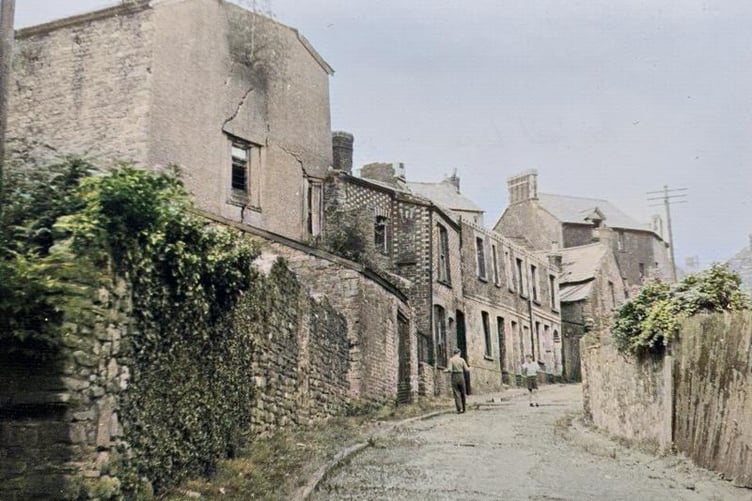
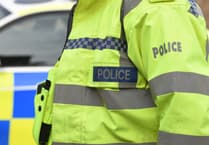

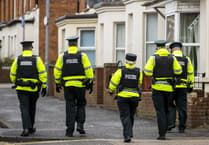
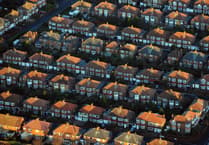
Comments
This article has no comments yet. Be the first to leave a comment.